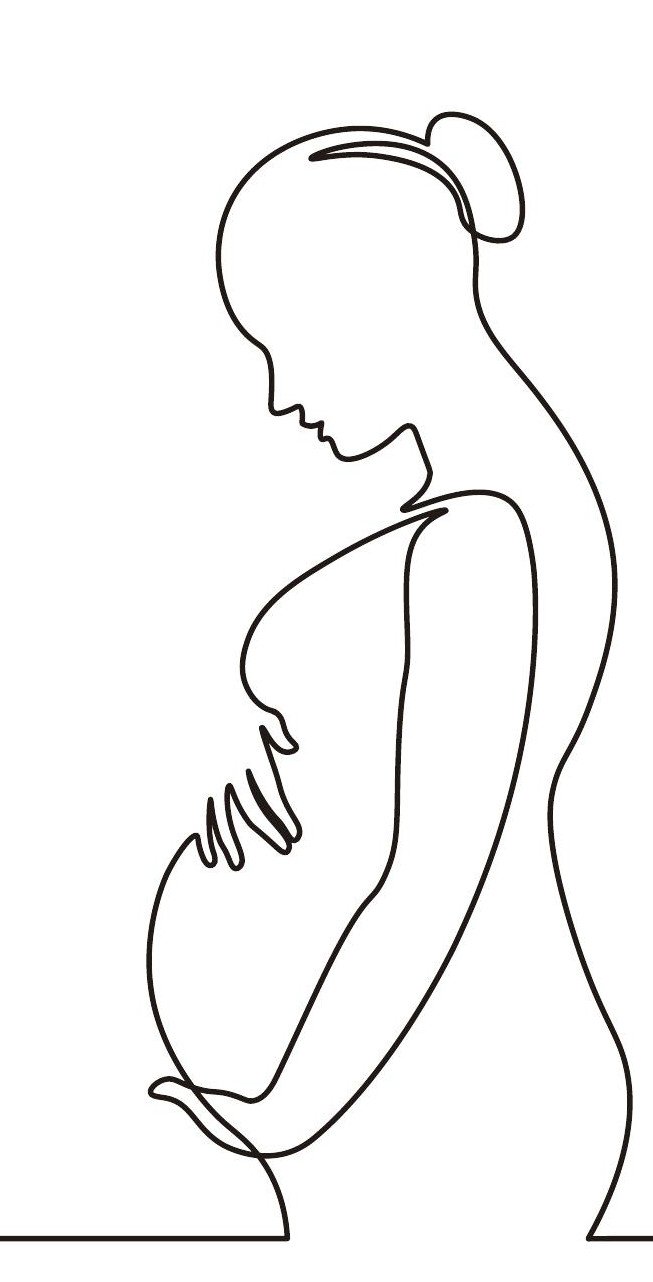
A model is a simplified graphical, numerical or physical representation of how a real-world system operates. Models seek to identify key, enduring features of the human and physical worlds. This is one reason for the ongoing popularity of the Demographic Transition Model (DTM). It claims to represent persistent patterns of population change over time that are evident in otherwise different countries. The model continues to be part of geography specifications.
The DTM describes a country’s transition through stages of population change, relating fertility and mortality to overall population growth. It has been theorised that demographic transition accompanies social and economic change. Particularly, the DTM proposes that reductions in birth and death rates and stabilisation of population growth are associated with economic development.
Your organisation does not have access to this article.
Sign up today to give your students the edge they need to achieve their best grades with subject expertise
Subscribe




